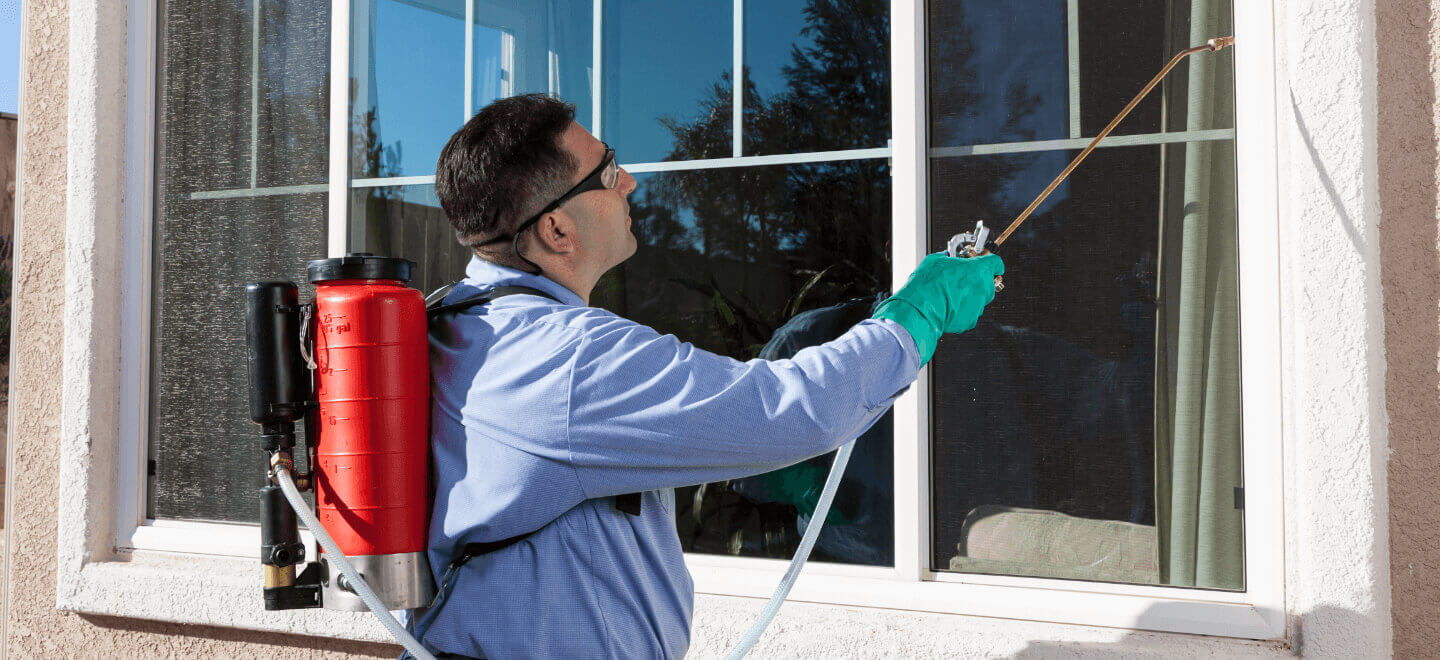Dependable A1 Bed Bug Exterminator Charlotte - Do Away With Bed Bugs Rapid
Dependable A1 Bed Bug Exterminator Charlotte - Do Away With Bed Bugs Rapid
Blog Article
Bed Insect Treatment Failure: Contrasting Chemical Vs. Non-Chemical Solutions
In the realm of parasite control, especially when taking care of the persistent concern of bed insects, the choice between chemical and non-chemical therapy remedies can be a critical one. Both approaches offer distinct benefits and disadvantages, affecting factors such as performance, security factors to consider, and general price. By taking a look at the nuanced details of each approach, a clearer understanding of which course to seek in addressing a bed bug infestation can be attained.
Performance of Chemical Treatments
Chemical treatments for bed bug invasions have actually been commonly acknowledged for their powerful and quick efficiency in eradicating these pests. When thinking about the effectiveness of chemical therapies, it is critical to recognize that they can give a fast and extensive remedy to a bed insect issue.
Moreover, chemical treatments have the advantage of providing recurring effects, meaning that they can remain to get rid of bed bugs also after the first application. This recurring action is especially useful in combating any potential re-infestations. Additionally, the rapid activity of chemical treatments can bring relief to people encountering serious bed bug problems, enabling them to regain control of their space quickly.
Security Worry About Chemical Solutions
One important facet that needs mindful consideration when utilizing chemical solutions for bed insect therapy is guaranteeing the safety and security of passengers and the setting. While chemical therapies can be reliable in eliminating bed pests, they might pose threats otherwise taken care of properly. One of the primary safety worry about chemical solutions is the potential damage they can cause to human wellness. Direct exposure to certain chemicals made use of in bed pest therapies can bring about respiratory issues, skin irritability, or other negative reactions, specifically in individuals with pre-existing conditions or sensitivities. In addition, inappropriate application or dosage of chemical pesticides can result in toxic deposits remaining in the treated area, posturing long-term health threats to residents.
Moreover, the ecological effect of chemical services is one more considerable consideration. Some pesticides made use of in bed insect treatments may be hazardous to useful insects, wild animals, and ecological communities if they leach right into the dirt or water systems. It is important to make use of chemical treatments carefully, complying with security standards, and taking into consideration less poisonous choices to reduce these risks and guarantee the secure and effective management of bed insect infestations.
Advantages of Non-Chemical Methods
Taking into consideration the potential safety issues and environmental influence connected with chemical remedies for bed pest therapy, discovering non-chemical techniques offers an appealing alternative with several distinctive benefits. Non-chemical therapies are ecologically friendly, as they do not contribute to air or water pollution, making them a sustainable choice for pest control.
Additionally, non-chemical services can be effective in targeting bed bugs, including hard-to-reach areas where chemical therapies might not permeate. Methods such as heat treatment, vacuuming, vapor cleansing, and bed mattress coverings provide comprehensive removal without the use of harmful chemicals. Moreover, non-chemical techniques can be much less disruptive, requiring marginal prep work and enabling quicker reentry right into dealt with areas. Overall, choosing non-chemical bed insect therapy approaches not just prioritizes safety and security and ecological protection but also ensures A1 charlotte pest control companies reliable and extensive pest control.
Limitations of Non-Chemical Treatments

Furthermore, non-chemical treatments usually need multiple applications to accomplish successful eradication. This can be lengthy and may not constantly ensure total elimination of all bed pests and their eggs, especially in surprise or hard-to-reach places.
Additionally, the success of non-chemical treatments greatly counts on correct application and thoroughness, which can be testing for individuals without specialist experience. Insufficient application of non-chemical approaches may cause insufficient elimination, resulting in relentless infestations and the requirement for additional therapies.
Therefore, while non-chemical treatments have their advantages, it is important to acknowledge these restrictions and consider them when figuring out the most reliable approach for handling bed pest infestations.
Expense Contrast: Chemical Vs. Non-Chemical Options
Offered the constraints linked with non-chemical treatments, a vital element to evaluate in the context of bed pest administration is the expense comparison in between chemical and non-chemical alternatives. In contrast, non-chemical treatments like warm therapy or steam can be more pricey, with expenses ranging from $1,000 to $6,000 for an entire home. While the preliminary cost of chemical therapies may seem reduced, multiple treatments might be needed to fully get rid of the invasion, possibly boosting the general price.
Final Thought

Thinking about the potential safety and security worries and environmental effect linked with chemical options for bed bug therapy, checking out non-chemical approaches provides an appealing choice with a number of distinct advantages.Given the restrictions associated with non-chemical therapies, a vital aspect to examine in the context of bed bug administration is the price contrast in between chemical and non-chemical choices. In comparison, non-chemical treatments like warmth treatment or steam can be more costly, with costs ranging from $1,000 to $6,000 for a whole home. While the initial expense of chemical therapies might appear lower, numerous treatments may be called for to totally remove the problem, possibly increasing the general cost.In final thought, when contrasting chemical and non-chemical bed bug therapy choices, it is crucial to take into consideration performance, safety and security, benefits, restrictions, and price.
Report this page